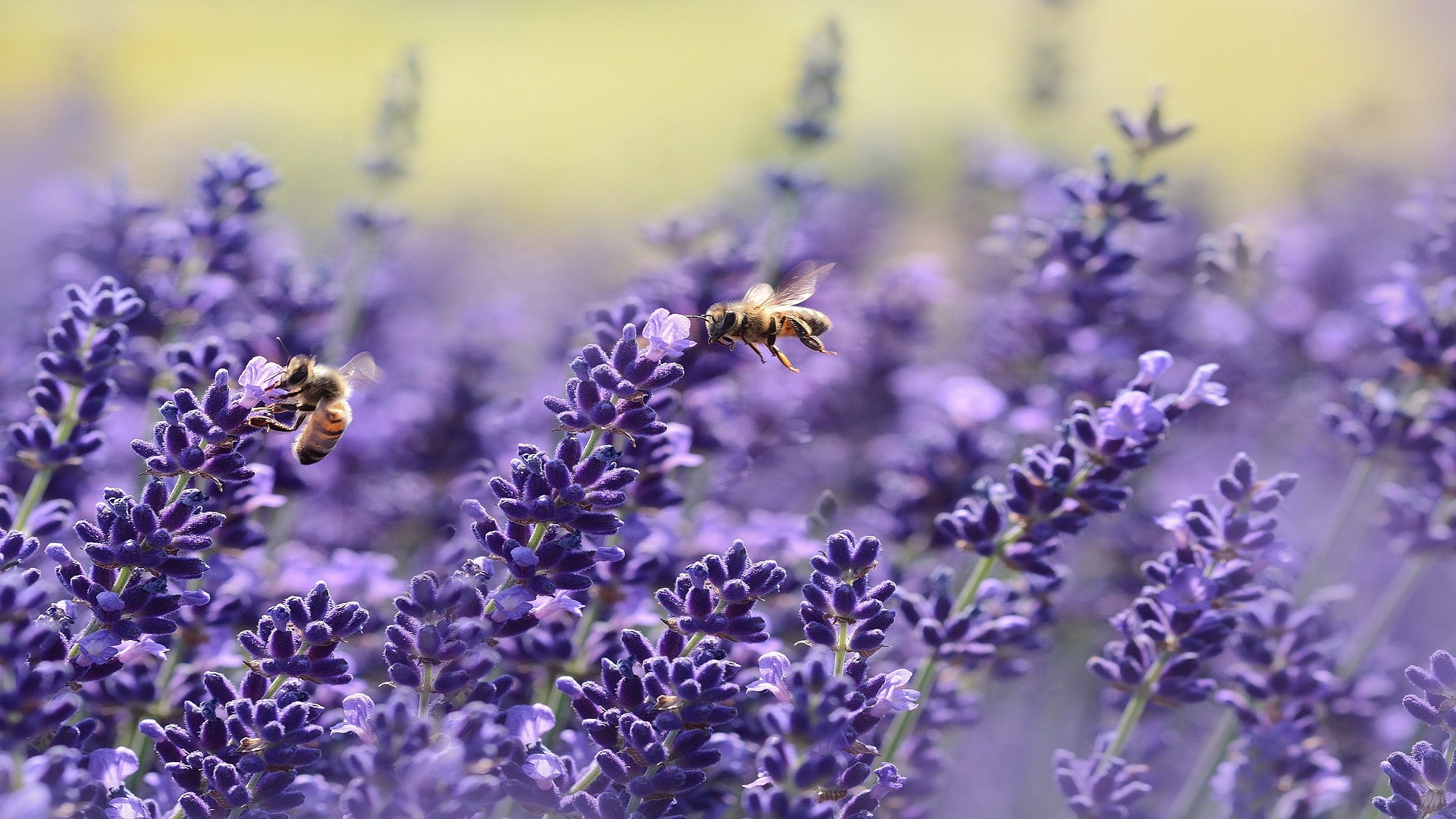Tech could someday let people even in dry climates
get clean water straight from the atmosphere›››
There’s a new kind of neighborhood
watch and it’s the bees’ knees
Exploring the value of honey bees in the fight against microbial resistance 6 May 2024





